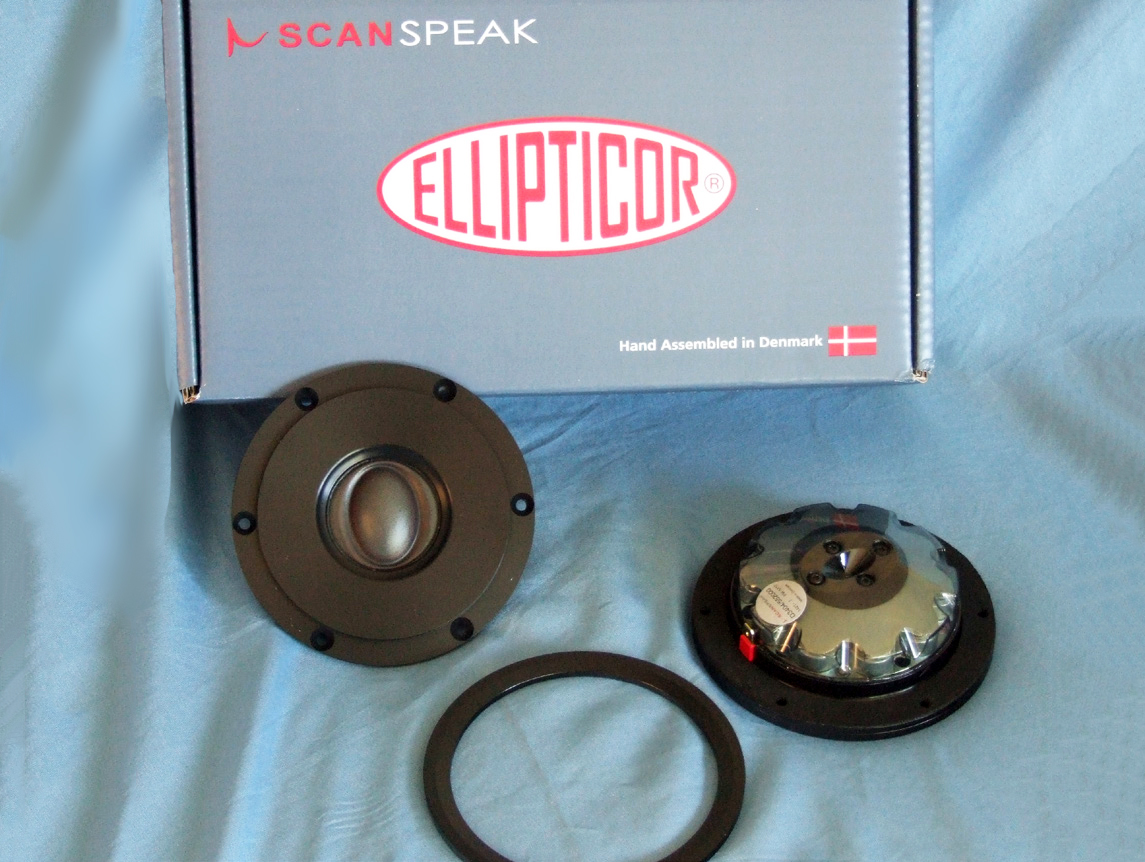Here's one with about the same size tweeter (1.5") hitting the 130db (!) mark:
If the measurement conditions are not specified, this information should be ignored or used only as a very rough guide.
There are various standards for measurements of max SPL, max power (long term, short),...
What they all have in common is that they usually suit the manufacturer very well (not surprising, as the industry is heavily involved in their development).
For example, "weighted pink noise" is often used as test signal by the standards.
For tweeter additionally a high-pass filter is used. This allows absurdly high "long-term power" SPL to be achieved by tweeters.
The manufacturer Scan-Speak handles this in an exemplary manner and provides
details of the power ratings:
So for a more than 30 years (still superb) old tweeter model
D2905/970000 it says:
The tweeter has about
[email protected] and has about 6 Ohm resistance, so we get 2.83V²/6Ohm = 1.3W at 90dB. For 100h RMS power we get 90 + 20*log(225/1.3) = 135dB*** and long term power SPL 90 + 20*log(460/1.3) = 141dB ***
*** only with the specified test signal. For example, a white noise signal will destroy the tweeter at 225W long before 100 hours are reached. And for example, the SPL at 10kHz is always way below the 135dB or 141dB, same for 1kHz (see below).
But keep in mind the measurement conditions:
weighted pink noise + HP BW2 at 2.8kHz!
Pink noise sound pressure level drops -10dB per decade. Dependent on the
used weighting it might lessens a little more. So a least the test signal is -10dB at 10kHz compared to 1kHz.
And a second order BW high pass filter @2.8kHz is 18dB down at 1kHz. So the SPL of the test signal at 1kHz is -18dB down.


